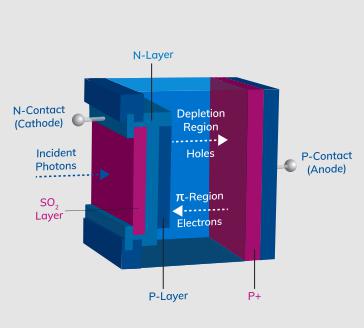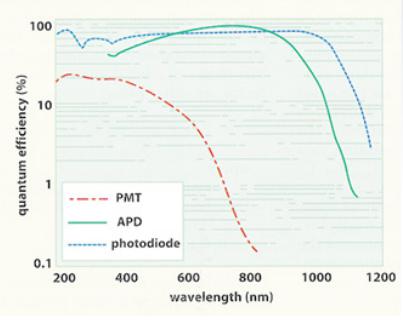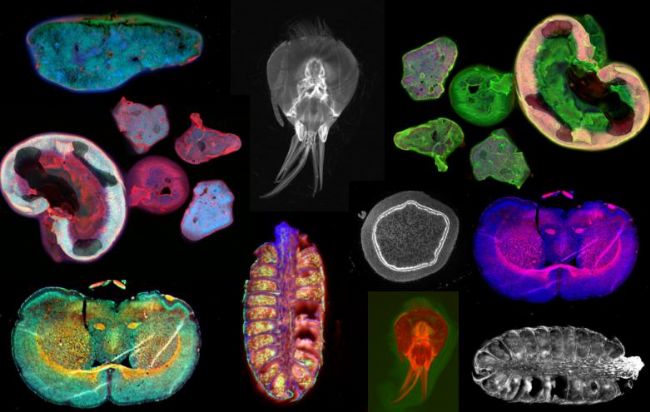Photomultiplier tube (PMT) and avalanche photodiode (APD) are commonly used optical components in scanning imaging systems. For the working principle, what kind of band samples are used for detection, what are the advantages and disadvantages may be blurred, then Xiaobian Talk to everyone about these two detectors today.
Photomultiplier tube (PMT): An important product in photonic technology devices, it is a photodetector device with extremely high sensitivity and ultra-fast time response. The photomultiplier tube is a vacuum device. It consists of a photoemissive cathode (photocathode) and a focusing electrode, an electron dynode and an electron collector (anode). When light is irradiated onto the photocathode, the photocathode excites photoelectrons into the vacuum. These photoelectrons enter the multiplication system according to the focused electric field and are multiplied by further secondary emission. The amplified electrons are then collected by the anode as a signal output. Because of the secondary emission multiplication system, the photomultiplier tube detects blue light in ultraviolet and visible light, and has extremely high sensitivity and extremely low noise. In addition, the photomultiplier tube has the advantages of fast response, low cost, and large cathode area.

PMT structure and working principle diagram

PMT detector
Spectral effect: 300 to 850nm
Maximum quantum conversion efficiency: at 420nm
Avalanche Photodiode (APD): Refers to the photosensitive element used in laser communication. After a reverse bias is applied to the PN junction of a photodiode made of silicon or germanium, the incident light is absorbed by the PN junction to form a photocurrent. Increasing the reverse bias produces an "avalanche" (that is, the photocurrent multiplies), so this diode is called an "avalanche photodiode." The APD detector features ultra-low noise, high speed, high transimpedance gain, high sensitivity, etc. It is mainly used for the detection of visible red-green fluorescence and near-infrared fluorescence.

APD working principle diagram

APD spectral effect map
The PMT detector has high quantum conversion efficiency in the blue region, and the quantum conversion efficiency in the infrared region is low, and the detection effect is not satisfactory. The APD detector is outstanding in red and near-infrared fluorescence detection.
Azure Sapphire dual-mode multispectral laser imaging uses a dedicated detector for each channel, PMT for blue and phosphor screen scanning, and three independent APD detectors for green, red and near-infrared scanning, respectively. It has a CCD detector for the detection of ultra-high sensitivity chemiluminescence.
Azure Sapphire is giving customers two detectors so that their fluorescent samples are not missing in any extreme detection environment. Achieve unparalleled sensitivity and access to high quality images.

Image from sapphire dual-mode multispectral imaging system
Api Powder,Tianeptin Sodium,Medical Grade Hyaluronic Acid,Competitive Price Taurine
Shaanxi YXchuang Biotechnology Co., Ltd , https://www.peptide-nootropic.com